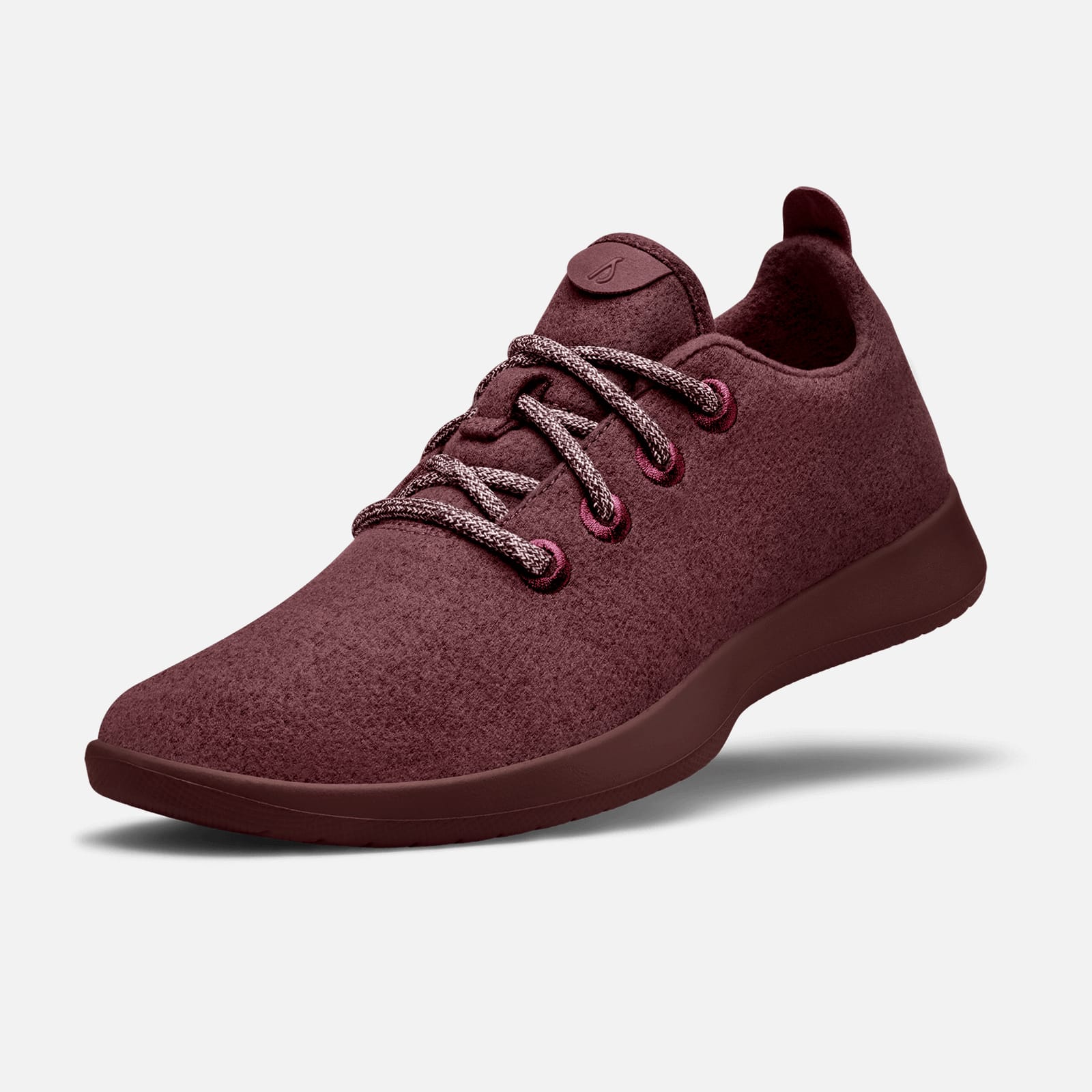In the past few years, we’ve all become more than familiar with gamification as we browse through business blogs or tune into podcasts. The gamification scene erupted around 2007-2010 with companies popping up left and right offering enterprises the next great way to engage their workforce.
One by one, the market has shrunk with large players like Fantasy Sales Team and Punchtab getting acquired by Microsoft and Walmart Labs respectively, and many more have either consolidated, merged, or closed their doors. As the market has settled, it’s become apparent that gamification isn’t just about software anymore. It’s everywhere, and people expect it.
Gamification is no longer limited to high-budget business software with in-depth implementation processes. At its core, gamification is just the process of using game-like mechanics to incentivize behavior. Small examples can be found all over the web as you browse through your daily news and social media rotation: LinkedIn shows your profile progress (thanks for thinking I’m an All-Star, LinkedIn), Reddit incentivizes users with “Gold”, and we feed each other Instagram likes. Other mobile apps are riddled with aspects of gamification, especially with fitness and productivity apps. These aspects of gamification started as a novelty, but have become so widespread that they are now an expected part of our daily life.
With the gamification marketplace calming down and normalizing, gamification quietly began sneaking its way into every aspect of our lives without us even noticing it. Businesses found ways to use small elements of the gamification concept to engage their customers without being overt. There are still plenty of ways that your business can take advantage of gamification methods, with or without gamification software.
I’ll be taking a look at three ways businesses have successfully used gamification: Customer Loyalty & Retention, Recognition, and Onboarding. I’ll then follow that up with some advice about how to take advantage of these trends.
Customer loyalty & retention: the Farmville effect

Today’s gamified customer loyalty and retention models generally follow what we’re calling The Farmville Effect. During the formidable early years of Facebook, all of us were either addicted to Farmville or hounded by constant invitations from friends begging us to join and aid them in their noble farming quest. What is ultimately an innocent game produced a favorable outcome for Facebook: its users logged in daily, spent large amounts of engaged time on their platform, and actively invited their friends to spend more time on the platform, which ultimately helps Facebook to grow their user base and therefore revenue.
Facebook literally added games to their site, a tactic that didn’t come across to the user as an attempt to keep them there but as a truly fun way for them to spend their time. There is inherently no benefit to the user , they aren’t gaining points that they can spend in a store or redeem anywhere, but it helped build Facebook’s user base and brand in a big way.
Onboarding: Salesforce Trailhead

Turning towards onboarding, let’s look at a slightly more subtle implementation of gamification, via Salesforce and their learning program, Trailhead. Trailhead is Salesforce’s free training website that walks users through a variety of “trails” or courses that teach users of all experience levels how to use the different features and customizations Salesforce has to offer.
As they look at the adorable Salesforce mascots and comforting camping motifs, users read through information, take quizzes, and practice within a Salesforce sandbox account to complete the trails. After they complete it? Well wouldn’t you know that users get a shiny badge for their efforts that they can add to their LinkedIn profile or share to other social media.
Trailhead taps our desire to be recognized, which is compounded when we share to social media to show off our new mad skills, but also offers recognition for Salesforce as well. By sharing that badge, Salesforce also gets visibility across thousands of LinkedIn profiles, further promoting their product and Trailhead. By training users on the platform and producing product experts, their customers will use more product features, are more likely to use the platform, upload their customer information, and renew their subscription year after year.
Social Recognition and Referrals

While a bit more abstract, the concept of businesses recognizing their customers is a form of gamification. The desire to be recognized still drives users towards a desired behavior and engagement with the brand that will net that recognition, and the user is still also gets a benefit: the pleasure of recognition. Referrals and sharing on social media are two large ways that businesses recognize their customers and use gamification theory to improve engagement and sales. For example:
- The darling shoe of Silicon Valley, Allbirds, regularly hosts a segment on their Instagram story called “Where in the World are Allbirds?” sharing and posting photos that their fans and shoe owners have taken.
- Smartphone brand Oneplus hosts photo contests for photos taken on their devices, and shares their favorites on social media. Users actively submit and tag their photos in the hopes of winning not just because they are fans of the product, but because people naturally want to be recognized, and it feels nice to win a photo contest, or to have your post selected as a favorite.
By adding this level of engagement & recognition to their marketing efforts, these brands build rapport with their customers and keep them coming back for more.
The concept of referrals can reach far. Specifically, we’re talking about companies who exchange points and non-tangible goods for brand advocates who invite or refer their friends to the brand or refer their friends. When you invite a friend to join an online service, mobile app, or to follow a social media account in exchange for points that are only good within that platform, you engage in brand referrals. The points have no real value outside of the platform, so this tactic brings in new users and also gives existing users a reason to return.
Now It’s Your Turn
How can you implement these tactics with your business?
As we discussed, gamification can be simple. Don’t think of gamification as some grand overt strategy, but rather think of it as another marketing or sales tactic that everyone uses. But to be successful, it needs to tap into elements that drive the end user to perform the desired action.
- Are you hoping to drive referrals or influencers?
- Are you hoping to inspire the user to spend more time on your website?
- Or are you hoping to keep a customer returning to your store over a competitor?
Each of these different end goals will be best suited by different elements of gamification.
Try to pinpoint your end goal: increasing the user base, creating informed users, driving return sales… Then build your strategy from there. Think about gamification and rewards more broadly than coupons, find out what matters to your customers, and build a plan to address that. If you need some help, browse gamification solutions that fit your ultimate goals.





